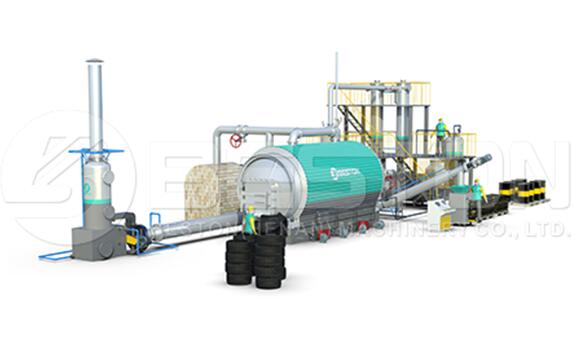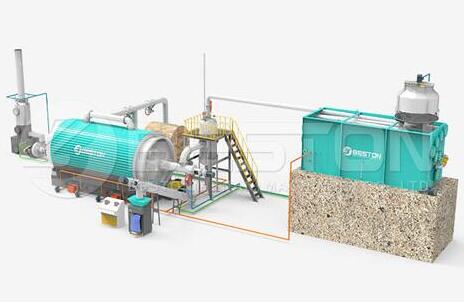Everyone needs to come together collectively to save the environment. People only know how to take from Mother Nature, but they hardly reciprocate their gratefulness. This is increasing global warming at an alarming rate. However, the recycling industry (industria de reciclaje) is trying its best to recycle rubber and plastic, two of the hardest-to-decompose items. They use two methods, rubber pyrolysis, and plastic pyrolysis, to achieve their objective. Although both have pyrolysis in common, there are several differences about which you should know.
Understanding rubber pyrolysis

Used rubber, especially tires, doesn’t decompose. They become breeding grounds for insects. Many people burn used rubber. But that doesn’t solve the problem. Instead, the smoke and soot cause air and water pollution and also harms the lives of thousands of animals and humans. Processing used rubber with pyrolysis conversion (Procesamiento de caucho usado con conversión de pirólisis) is the only way to make the most of these useless items.
Rubber pyrolysis process
You need to shred used rubber thoroughly. Remove metal pieces from the rubber, if any. Make sure you shred them into small pieces. This allows the pyrolysis machine to process rubber quickly and generates high energy oil, char, and gas.
Recovered carbon black is a byproduct of the rubber pyrolysis process. Treating carbon black can make it a useful ingredient in various industries, such as ink production, paints and coatings, rubber industry, etc. Recycled carbon black is a popular alternative to carbon black.
Understanding plastic pyrolysis

Like rubber, it is almost impossible to decompose plastic. Many countries have banned the usage of plastic for contributing to a greener environment. The recycling industry has come up with plastic pyrolysis to deal with the rising rate of plastic waste production (producción de residuos plásticos). Plastic contains petrochemical hydrocarbons and additives, such as stabilizers, oxidants, and flame-retardants. Most developing countries have massive landfills where they dispose of tons of kilos of plastic. These areas become breeding grounds for millions of insects and life-threatening pests.
Plastic pyrolysis involves thermal degradation of tons of plastic wastes at different temperatures without allowing oxygen to enter the pyrolysis chamber.
Plastic pyrolysis process
The design of the plastic pyrolysis chamber is unique. It has no inlet or outlet through which oxygen can enter. This allows the chamber to thermally degrade plastic at different temperatures, ranging between 300 and 900 degrees Celsius. The slow degradation produces oil. The chamber uses a variety of catalysts to improve the pyrolysis process and enhance its efficiency. Catalysts play a crucial role in this process as they target specific reactions, promote processing efficiency, and reduce process temperature and time.
The catalytic reaction during plastic pyrolysis may include cyclization, oligomerization, cracking, isomerization, and aromatization reactions. Many experts also report that using mesoporous and microporous catalysts during plastic pyrolysis can provide char and liquid oil(https://www.bestoneco.com/planta-de-pirolisis-de-lodo-aceitoso/).
Therefore, plastic pyrolysis is a more complicated process compared to rubber pyrolysis. The former doesn’t require oxygen to process plastic. Plus, the chamber uses thermal degradation with the help of various catalysts at different temperatures to break down plastic and make oil and char. Rubber pyrolysis is simpler. You only need to shred the used rubber into small pieces to make the pyrolysis process work.